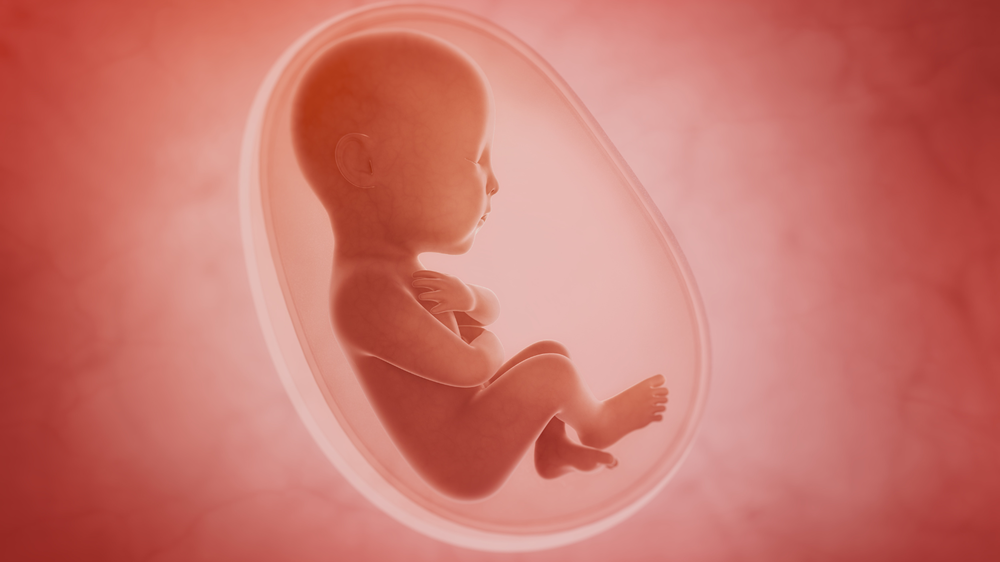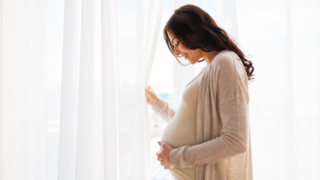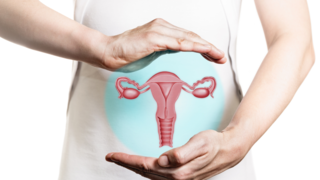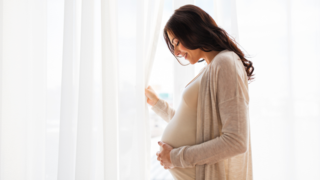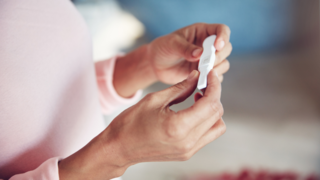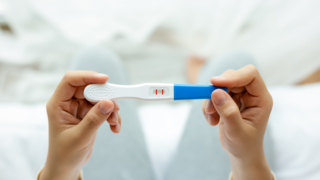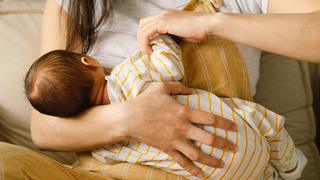In this article:
Week 24 Pregnancy Symptoms
As week 24 approaches, the bump will be more visible. But that also comes with lots of physical changes and difficulties in your body. Here are some of the pregnancy symptoms you will go through while in week 24.- Back pain will be more prominent as your uterus expands to house the baby
- Braxton hicks contractions appear constantly to prepare your body for labour
- Leg cramps at night due to the pressure on the blood vessels
- Swollen feet as blood and fluid volume increase
- Vaginal discharge, called leukorrhea, will be more prominent to maintain vaginal health.
- Hormonal changes give that pregnancy glow or melasma
- As the breast dilates, you will notice the first drops of breastmilk called colostrum
What You Can Do To Support Lung Development?
While you can't really control or force your fetus’s lung growth, you can create a supporting environment for optimal fetal lung development.- Maintain proper maternal oxygenation by sleeping on the left side, and proper position
- Practice mindful breathing, meditation, and prenatal exercises
- Indulge in a healthy diet rich in folate, iron, and omega-3
- Drink water and healthy liquids generously
- Stay away from stress, as it increases gestational hypertension
- Avoid smoking, narcotics, anaesthetics, and alcohol consumption
- Avoid maternal hypovolemia
- Attend regular prenatal checkups and follow up
Foetal Growth at Week 24
Entering 24 weeks of pregnancy means you are at the end of your second trimester and about to enter the third trimester. At this stage, your baby is the size of a corn ear, weighing approximately 600 grams and measuring 30 centimetres. With well-defined facial features, fingerprints, and footprints, your baby’s external parts are growing.The internal organs are also evolving in full swing. Baby’s hearing sense is on high alert, hearing and sensing its mother’s feelings and sounds. The lungs are also developing their structure for oxygen exchange after birth. At this point, the baby is still drawing amniotic fluid in and out.
What Happens to The Baby’s Lungs at Week 24?
Baby’s lungs were initially a tiny tissue pouch called a lung bud. At week 24, the lungs are forming a more complex structure with multiple branches to facilitate more oxygen and carbon dioxide exchange. This happens until your child turns 8 years old. Here’s what happens to a baby’s lungs at week 24.- Terminal Bronchioles, the branches of the airway, continue to branch into multiple small branches. At the end of the branches, small terminal air sacs called alveoli form for oxygen exchange
- Blood vessels start forming, and lungs get their blood vessels, which enable the transportation of oxygenated blood to the rest of the body after birth
- Type 1 cells create alveoli, which enable the oxygen supply to the blood. Type 2 cells create surfactant, a lipoprotein which supports the air sacs from collapsing when the baby takes its first breath
Stages of Lung Development
A baby’s lung development has 4 stages. The lower respiratory tract forms on day 22 of pregnancy. Unlike other parts, a baby’s lungs dont fully mature until the baby turns 8 years old.- In the pseudoglandular stage, which occurs between weeks 5 and 16, the lungs look like small glands. No air sacs or blood vessels are formed for air exchange
- Canalicular stage is between week 16 and 26, which forms lung structure and creates terminal bronchioles, alveolar ducts, surfactants and capillaries
- Saccular Stage, sits between weeks 26 to 36. Airways further expand to form small sacs called sacculi, which then become alveoli. Surfactant production will increase to support the lung’s ability to breathe after birth
- The Alveolar Stage continues after birth and until late childhood. Millions of alveoli form to increase the oxygen exchange.
FBM and Its Purpose
Weeks 20 to 24 (mid-second trimester) see foetal breathing movements. FBM are periodic, rhythmic contractions of the foetal diaphragm and chest wall. Utero doesn't have ventilation for any air exchange. However, foetuses don’t need breathing for oxygenation, as oxygen is already supplied through the umbilical cord by the placenta. When the foetus practices breathing, amniotic fluid travels in and out, fortifying the respiratory muscles.Foetal breath movements are ruled by brainstem respiratory centres. It's a complex neural network known as the respiratory rhythm generator, which develops between weeks 18 and 30 and is responsible for generating breathing rhythms and patterns. Foetuses perform breathing to sustain the structural maturation of lungs, stretch tissues, respiratory muscles, neuromuscular coordination, and comprehensive foetal health.
By week 24, you and your baby will be growing well and starting to bond. Babies practice breathing movements to support lung development. Recurring, rhythmic FBM will make it easier for the baby to breathe better outside. The first real breath is the months of hard work your baby is doing inside the uterus. Avoiding certain maternal behaviours, stressful environments, and eating nutritious foods and enjoying good music actually helps the baby stimulate lung and overall growth.
Whether you’re pregnant, a new mom, or navigating postpartum, you don’t have to do it alone. Join our support group to connect, share, and support one another.
FAQs on Your Baby Is Practising Breathing Movements Already
- Do hiccups mean the baby is practising breathing?
Baby hiccups happen because they practice breathing and might be related to the diaphragmatic contractions. Baby’s hiccups also suggest the baby is inhaling amniotic fluid. - How does a baby not drown in the womb?
A baby doesn't drown in the womb as foetal lungs are not fully developed. Because the air is supplied through the umbilical cord and not by breathing air. - When are babies' lungs fully developed?
Baby’s lungs are not fully developed after birth. The baby’s lung development starts at day 22 of gestation and continues till childhood and beyond. During week 36, the baby’s lungs have grown enough to function.

